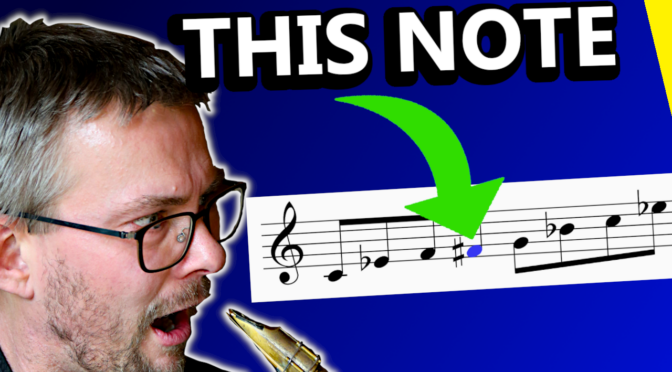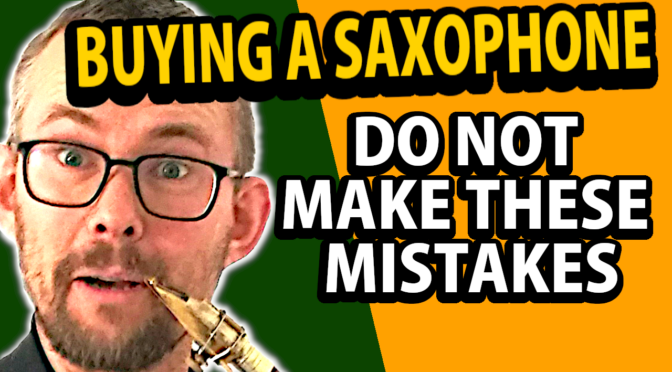3 of the greatest bebop lick’s – apply to gain great flexibility
Using bebop licks when improvising is a must.
It almost does not matter what music style you improvise in – the bebop language is still so versatile and still so hip.
Get into these three most flexible bebop licks and add these to your vocabulary in any style.
In this tutorial
Why is it very important to learn bebop licks?
How do I apply bebop licks to my playing?
Dominant 7 bebop lick
The pivot
Bebop arpeggio
3 of the greatest bebop licks and 100+ ways to practise and use them
Show, play and analyze a short solo on “Yardbird Suite”
Get the full transcription of the lesson:
https://www.patreon.com/posts/44107392
Get more value from the Youtube lessons by supporting me:
https://www.patreon.com/sorenballegaardsaxophonelessons
Get the free E-book material on saxophone practice – sign up for my newsletter: https://bit.ly/subscribetomynewslettersorenballegaardsaxophonelessons
Video links:
3 of the greatest bebop licks
100+ ways to practise and apply them
Transposed into 7 keys
Patreon:
https://www.patreon.com/posts/44072387
Shop:
https://sorenballegaard.dk/product/3-of-the-greatest-bebop-licks-100-ways-to-practise-and-apply-them/
HOW TO USE BEBOP CHROMATIC SURROUNDING NOTES
https://youtu.be/qFmIm_nZHco
How to use chromatic approach notes playing great jazz lines
https://youtu.be/5-EenXkudLE
Get more value from the Youtube lessons by supporting me:
https://www.patreon.com/sorenballegaardsaxophonelessons
Get the free E-book material on saxophone practice – sign up for my newsletter: https://bit.ly/subscribetomynewslettersorenballegaardsaxophonelessons
Subscribe for more free saxophone videos and lessons: https://www.youtube.com/c/SørenBallegaard
Lesson tutorials and live online lessons – check my shop:
https://sorenballegaard.dk/shop
Contact me for video exchange lessons or live online lessons
https://sorenballegaard.dk/saxophonelessons/
Facebook: https://www.facebook.com/groups/sorenballegaardsaxophonelessons
Instagram: https://www.instagram.com/sorenballegaard
Website: https://sorenballegaard.dk
Twitter: https://twitter.com/SorenBallegaard
My setup:
Video camera: https://amzn.to/2S7hrUv
Web-cam: https://amzn.to/3cf71cb
Music notation software – https://amzn.to/3gHW1ag
2x computer monitor – https://amzn.to/3gIclIm
Mini keyboard for music notation – https://amzn.to/3sVufcWTenor saxophone: Selmer MKVI 82xxx
Mouthpiece is an old Otto Link Babbit – refaced from opening 6 to opening 8/8,5
Alto – The Martin Alto
Soprano – Yanagisawa Elimona
Tenor reeds – https://amzn.to/2Qrk8zz
Alto reeds –https://amzn.to/2Pwv8Lu
Soprano reeds – https://amzn.to/3vnHfJS
Saxophone strap – https://amzn.to/3sV20Lt
Alto mouthpiece – https://amzn.to/3sZvdF0
Soprano mouthpiece – https://amzn.to/2R6mvI0
Alto Ligature – https://amzn.to/3xvCn7E
Tenor Saxophone Case – https://amzn.to/32SD1xG
Alto Saxophone Case – https://amzn.to/3aIqxgu










